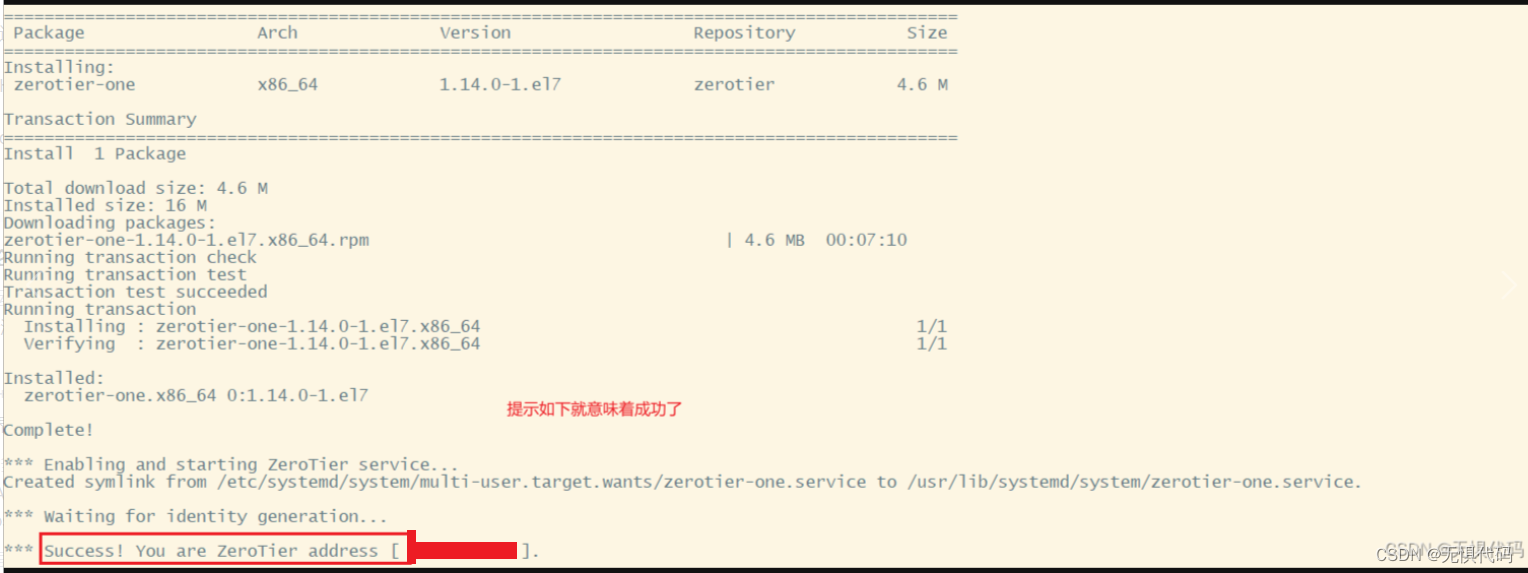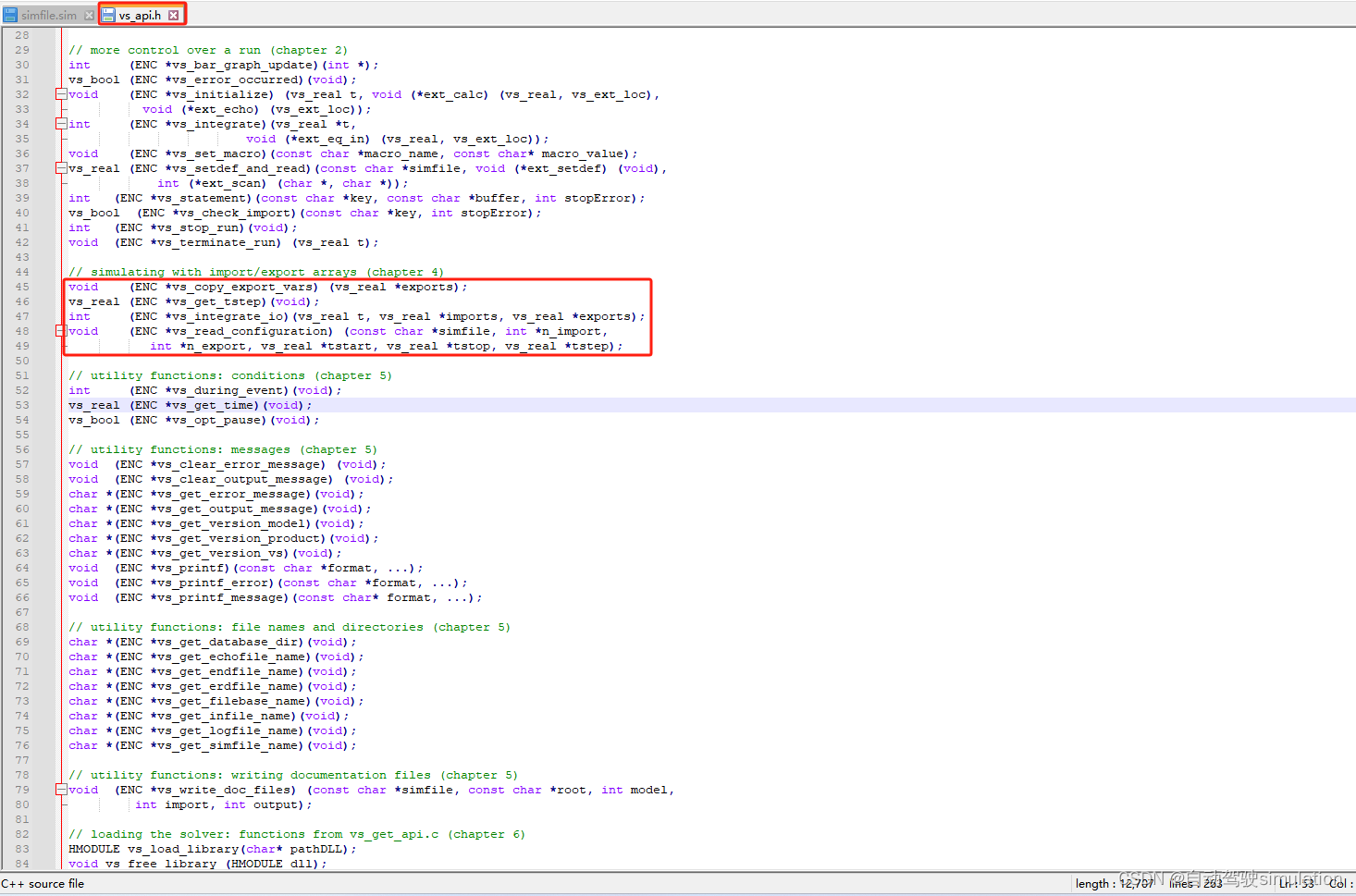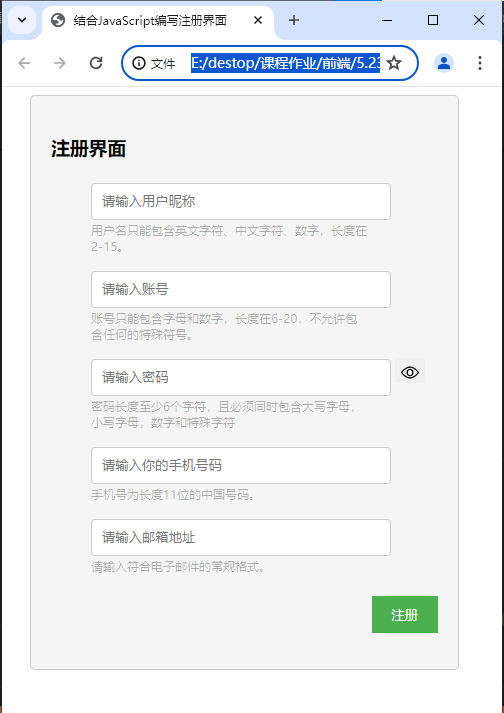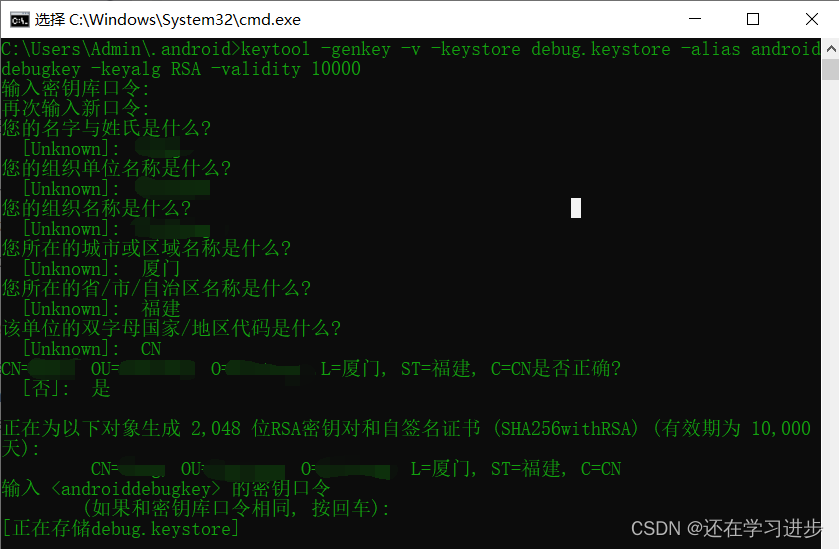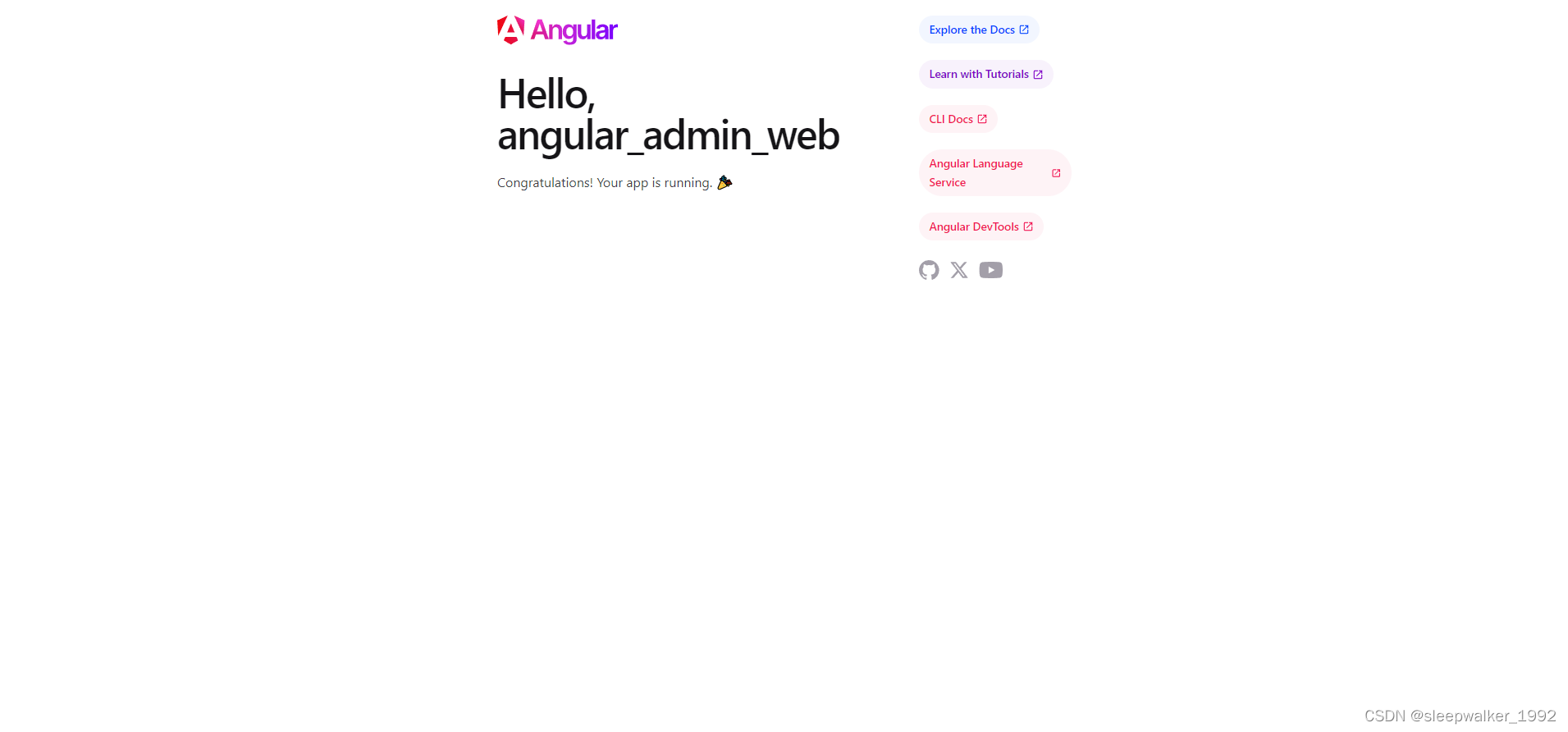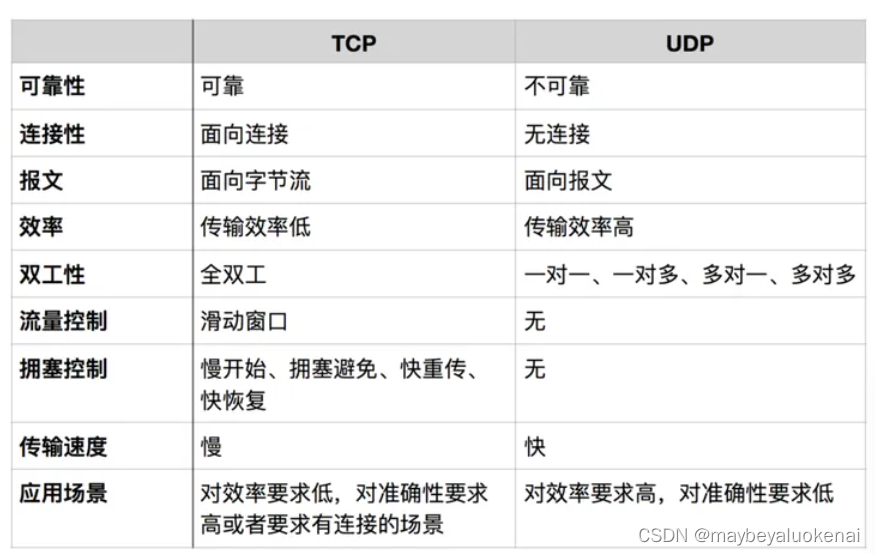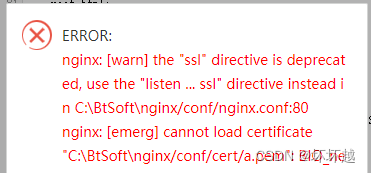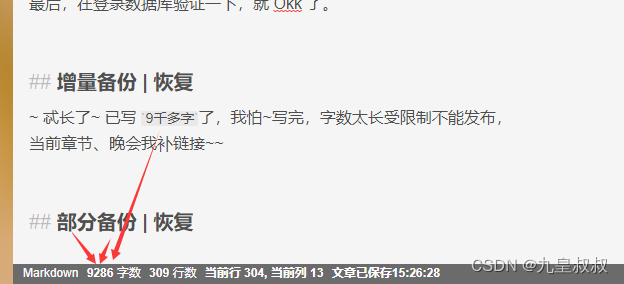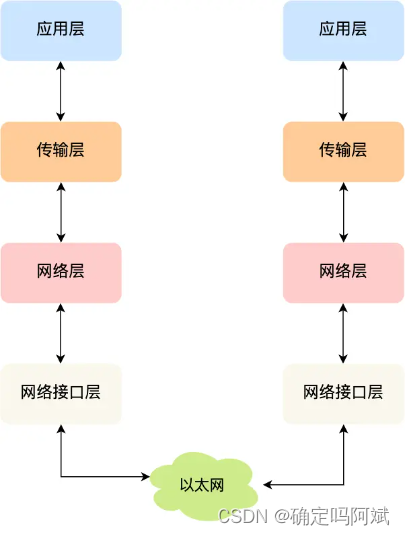大家好。对于MySQL 5.6以及之前的版本来说,查询优化器就像是一个黑盒子一样,我们只能通过EXPLAIN语句查看到最后 优化器决定使用的执行计划,却无法知道它为什么做这个决策。于是在MySQL5.6以及之后的版本中,MySQL新增了一个optimizer trace的功 能,这个功能可以让我们方便的查看优化器生成执行计划的整个过程,今天我们就来简单了解一下这个功能。
optimizer trace功能的开启与关闭由系统变量optimizer_trace决定,我们看一下:

可以看到enabled值为off ,表明这个功能默认是关闭的。 one_line的值是控制输出格式的,如果为on那么所有输出都将在一行中展示,不适合人阅读。
如果想打开optimizer trace功能,必须首先把enabled的值改为on ,我们可以通过下边这个sql语句修改enabled的值:
SET optimizer_trace="enabled=on";
enabled的值改为on后我们就可以输入我们想要查看优化过程的查询语句,当该查询语句执行完成后,就可以到information_schema数据库下的OPTIMIZER_TRACE表中查看完整的优化过程。这个 OPTIMIZER_TRACE 表有4个列,分别是:
QUERY : 表示我们的查询语句。
TRACE : 表示优化过程的JSON格式文本。
MISSING_BYTES_BEYOND_MAX_MEM_SIZE : 由于优化过程可能会输出很多,如果超过某个限制时,多余的文本将不会被显示,这个字段展示了被忽略的文本字节数。
INSUFFICIENT_PRIVILEGES : 表示是否没有权限查看优化过程,默认值是0。
完整的使用optimizer trace 功能的步骤总结如下:
#1. 打开optimizer trace功能 (默认情况下它是关闭的):
SET optimizer_trace="enabled=on";
#2. 输入自己的查询语句
SELECT ...;
#3. 从OPTIMIZER_TRACE表中查看上一个查询的优化过程
SELECT * FROM information_schema.OPTIMIZER_TRACE;
#4. 可能你还要观察其他语句执行的优化过程,重复上边的第2、3步。
#5. 当你停止查看语句的优化过程时,把optimizer trace功能关闭。
SET optimizer_trace="enabled=off"
下面我们以一个复杂一点的sql为例,来聊一聊如何使用optimizer trace功能。

可以看到该查询可能使用到的索引有3个,那么为什么优化器最终选择了idx_key1而不选择其他的索引或者直接全表扫描呢?这时候就可以通过otpimzer trace 功能来查看优化器的具体工作过程:
SET optimizer_trace="enabled=on";
SELECT * FROM s1 WHERE key1 > 'z' AND key2 < 1000000 AND key3 IN ('a', 'b', 'c') AND common_field = 'abc';
SELECT * FROM information_schema.OPTIMIZER_TRACE\G;
我们直接看一下通过查询OPTIMIZER_TRACE 表得到的输出:
*************************** 1. row ***************************
# 分析的查询语句是什么
QUERY: SELECT * FROM single_table WHERE key1 > 'z' AND key2 < 1000000 AND key3 IN ('a', 'b', 'c')AND common_field = 'abc'
# 优化的具体过程
TRACE: {"steps": [{"join_preparation": { # prepare阶段 "select#": 1,"steps": [{"IN_uses_bisection": true},{"expanded_query": "/* select#1 */ select `single_table`.`id` AS `id`,`single_table`.`key1` AS `key1`,`single_table`.`key2` AS `key2`,`single_table`.`key3` AS `key3`,`single_table`.`key_part1` AS `key_part1`,`single_table`.`key_part2` AS `key_part2`,`single_table`.`key_part3` AS `key_part3`,`single_table`.`common_field` AS `common_field` from `single_table` where ((`single_table`.`key1` > 'z') and (`single_table`.`key2` < 1000000) and (`single_table`.`key3` in ('a','b','c')) and (`single_table`.`common_field` = 'abc'))"}]}},{"join_optimization": { # optimize阶段 "select#": 1,"steps": [{"condition_processing": { # 处理搜索条件"condition": "WHERE",# 原始搜索条件 "original_condition": "((`single_table`.`key1` > 'z') and (`single_table`.`key2` < 1000000) and (`single_table`.`key3` in ('a','b','c')) and (`single_table`.`common_field` = 'abc'))","steps": [{# 等值传递转换 "transformation": "equality_propagation","resulting_condition": "((`single_table`.`key1` > 'z') and (`single_table`.`key2` < 1000000) and (`single_table`.`key3` in ('a','b','c')) and (`single_table`.`common_field` = 'abc'))"},{# 常量传递转换 "transformation": "constant_propagation","resulting_condition": "((`single_table`.`key1` > 'z') and (`single_table`.`key2` < 1000000) and (`single_table`.`key3` in ('a','b','c')) and (`single_table`.`common_field` = 'abc'))"},{# 去除没用的条件 "transformation": "trivial_condition_removal","resulting_condition": "((`single_table`.`key1` > 'z') and (`single_table`.`key2` < 1000000) and (`single_table`.`key3` in ('a','b','c')) and (`single_table`.`common_field` = 'abc'))"}]}},{# 替换虚拟生成列 "substitute_generated_columns": {}},{# 表的依赖信息 "table_dependencies": [{"table": "`single_table`","row_may_be_null": false,"map_bit": 0,"depends_on_map_bits": []}]},{"ref_optimizer_key_uses": []},{# 预估不同单表访问方法的访问成本 "rows_estimation": [{"table": "`single_table`","range_analysis": {"table_scan": { # 全表扫描的行数以及成本 "rows": 9823,"cost": 1012.48},# 分析可能使用的索引 "potential_range_indexes": [{"index": "PRIMARY", # 主键不可用"usable": false,"cause": "not_applicable"},{"index": "idx_key2", # idx_key2可能被使用 "usable": true,"key_parts": ["key2"]},{"index": "idx_key1", # idx_key1可能被使用 "usable": true,"key_parts": ["key1","id"]},{"index": "idx_key3", # idx_key3可能被使用 "usable": true,"key_parts": ["key3","id"]},{"index": "idx_key_part", # idx_keypart不可用"usable": false,"cause": "not_applicable"}],"setup_range_conditions": [],"group_index_skip_scan": {"chosen": false,"cause": "not_group_by_or_distinct"},"skip_scan_range": {"potential_skip_scan_indexes": [{"index": "idx_key2","usable": false,"cause": "query_references_nonkey_column"},{"index": "idx_key1","usable": false,"cause": "query_references_nonkey_column"},{"index": "idx_key3","usable": false,"cause": "query_references_nonkey_column"}]},# 分析各种可能使用的索引的成本 "analyzing_range_alternatives": {"range_scan_alternatives": [{# 使用idx_key2的成本分析"index": "idx_key2",# 使用idx_key2的范围区间 "ranges": ["NULL < key2 < 1000000"],"index_dives_for_eq_ranges": true, # 是否使用index dive "rowid_ordered": false, # 使用该索引获取的记录是否按照主键排序 "using_mrr": false, # 是否使用mrr "index_only": false, # 是否是索引覆盖访问"in_memory": 1, "rows": 10000, # 使用该索引获取的记录条数 "cost": 3895.04, # 使用该索引的成本 "chosen": false, # 是否选择该索引"cause": "cost" # 因为成本太大所以不选择该索引 },{# 使用idx_key1的成本分析 "index": "idx_key1",# 使用idx_key1的范围区间 "ranges": ["'z' < key1"],"index_dives_for_eq_ranges": true, # 是否使用index dive "rowid_ordered": false, # 使用该索引获取的记录是否按照主键排序 "using_mrr": false, # 是否使用mrr"index_only": false, # 是否是索引覆盖访问"in_memory": 0.0769231,"rows": 1, # 使用该索引获取的记录条数"cost": 0.688947, # 使用该索引的成本 "chosen": true # 是否选择该索引},{# 使用idx_key3的成本分析 "index": "idx_key3",# 使用idx_key3的范围区间 "ranges": ["key3 = 'a'","key3 = 'b'","key3 = 'c'"],"index_dives_for_eq_ranges": true, # 是否使用index dive "rowid_ordered": false, # 使用该索引获取的记录是否按照主键排序 "using_mrr": false, # 是否使用mrr"index_only": false, # 是否是索引覆盖访问"in_memory": 0.0769231,"rows": 3, # 使用该索引获取的记录条数"cost": 2.04684, # 使用该索引的成本 "chosen": false, # 是否选择该索引"cause": "cost" # 因为成本太大所以不选择该索引 }],# 分析使用索引合并的成本 "analyzing_roworder_intersect": {"usable": false,"cause": "too_few_roworder_scans"}},# 对于上述单表查询最优的访问方法 "chosen_range_access_summary": {"range_access_plan": {"type": "range_scan","index": "idx_key1","rows": 1,"ranges": ["'z' < key1"]},"rows_for_plan": 1,"cost_for_plan": 0.688947,"chosen": true}}}]},{# 分析各种可能的执行计划 #(对多表查询这可能有很多种不同的方案,单表查询的方案上边已经分析过了,直接选取idx_key1就好)"considered_execution_plans": [{"plan_prefix": [],"table": "`single_table`","best_access_path": {"considered_access_paths": [{"rows_to_scan": 1,"access_type": "range","range_details": {"used_index": "idx_key1"},"resulting_rows": 1,"cost": 0.788947,"chosen": true}]},"condition_filtering_pct": 100,"rows_for_plan": 1,"cost_for_plan": 0.788947,"chosen": true}]},{# 尝试给查询添加一些其他的查询条件 "attaching_conditions_to_tables": {"original_condition": "((`single_table`.`key1` > 'z') and (`single_table`.`key2` < 1000000) and (`single_table`.`key3` in ('a','b','c')) and (`single_table`.`common_field` = 'abc'))","attached_conditions_computation": [],"attached_conditions_summary": [{"table": "`single_table`","attached": "((`single_table`.`key1` > 'z') and (`single_table`.`key2` < 1000000) and (`single_table`.`key3` in ('a','b','c')) and (`single_table`.`common_field` = 'abc'))"}]}},{"finalizing_table_conditions": [{"table": "`single_table`","original_table_condition": "((`single_table`.`key1` > 'z') and (`single_table`.`key2` < 1000000) and (`single_table`.`key3` in ('a','b','c')) and (`single_table`.`common_field` = 'abc'))","final_table_condition ": "((`single_table`.`key1` > 'z') and (`single_table`.`key2` < 1000000) and (`single_table`.`key3` in ('a','b','c')) and (`single_table`.`common_field` = 'abc'))"}]},{# 再稍稍的改进一下执行计划 "refine_plan": [{"table": "`single_table`","pushed_index_condition": "(`single_table`.`key1` > 'z')","table_condition_attached": "((`single_table`.`key2` < 1000000) and (`single_table`.`key3` in ('a','b','c')) and (`single_table`.`common_field` = 'abc'))"}]}]}},{"join_execution": { # execute阶段"select#": 1,"steps": []}}]
}
# 因优化过程文本太多而丢弃的文本字节大小,值为0时表示并没有丢弃
MISSING_BYTES_BEYOND_MAX_MEM_SIZE: 0
# 权限字段
INSUFFICIENT_PRIVILEGES: 0
1 row in set (0.01 sec)
通过上述的信息我们得知,优化过程大致分为了三个阶段:prepare 阶段、optimize阶段和execute阶段。
我们所说的基于成本的优化主要集中在optimize阶段,对于单表查询来说,我们主要关注optimize阶段 的"rows_estimation"这个过程,这个过程深入分析了对单表查询的各种执行方案的成本;对于多表连接查询来 说,我们更多需要关注"considered_execution_plans"这个过程,这个过程里会写明各种不同的连接方式所对应的成本。反正优化器最终会选择成本最低的那种方案来作为最终的执行计划,也就是我们使用EXPLAIN语句所展现出的那种方案。
好了,到这里我们就讲完了,大家有什么想法欢迎留言讨论。也希望大家能给作者点个关注,谢谢大家!最后依旧是请各位老板有钱的捧个人场,没钱的也捧个人场,谢谢各位老板!
